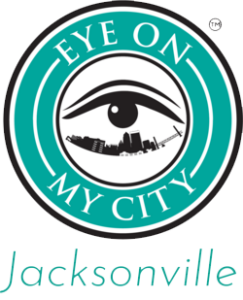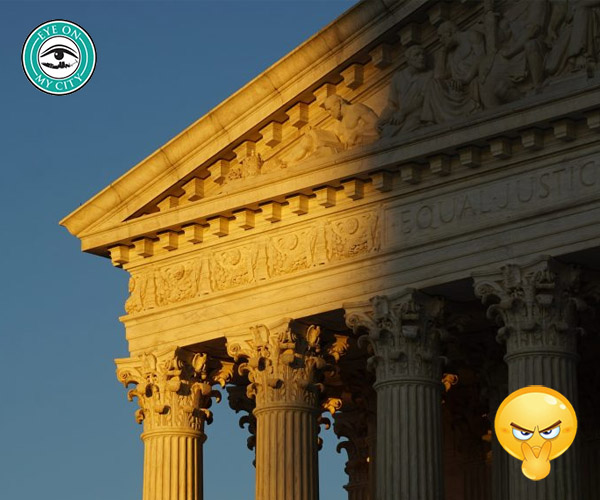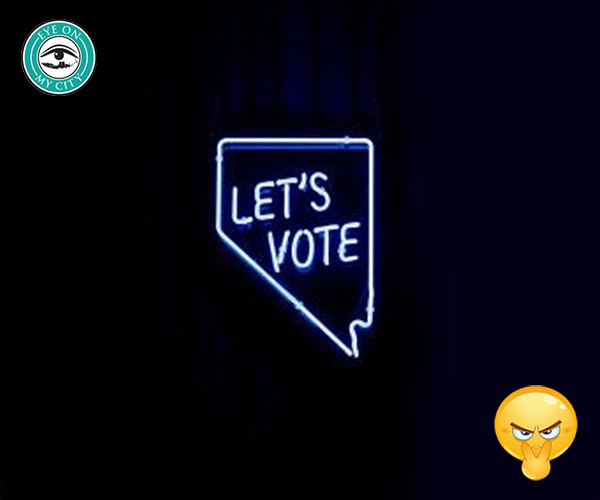
An all-out effort is under way by the Democrat Party to use the current health crisis to further revamp the voting procedure in a way that would almost guarantee increased fraud.
“Coronavirus gives us an opportunity to revamp our electoral system,” is how Barack Obama’s former attorney general Eric Holder put it in a magazine interview.
The radical ideas Holder and others are proposing include requiring that a mail-in ballot be automatically sent to every voter, and allow people to both register and vote on Election Day. They would also permit “ballot harvesting,” whereby political operatives go door-to-door collecting ballots they then deliver to election officials.
Regarding “mail-in voting,” liberals want people to believe this is already the practice and they simply want a modest expansion.
Not so.
Currently, people can vote by absentee ballot. A registered voter may request a ballot and it is mailed to him. It must be returned with a signature that matches the signature on the voting registration records.
Despite attempts to make it foolproof, even that procedure is problematical.
“It is not a science. It’s an art form.” Supervisor of Elections Mike Hogan told Eye on Jacksonville. He has used experts to help him with the task and train his staff. Hogan said three professional handwriting experts have told him that trying to compare just two signatures is very difficult because in their work they use larger samples to make a determination.
Consequently, Hogan is always frustrated. “Am I accepting a fraudulent ballot? Or rejecting a good one?” he asks himself.
“Absentee ballots remain the largest source of potential voter fraud,” was the conclusion of the bipartisan 2005 Commission on Federal Election Reform, according to John Fund in National Review.
Previously, ballots with bad signatures or no signatures were rejected in Florida. So-called “non-partisan” organizations like the league of liberal women voters and the ACLU went to court demanding a “cure process.”
A liberal judge ruled in their favor, requiring officials to notify the voter when a ballot was not signed. The voter could cure the defect by signing and returning the notice with two forms of identification before the close of Election Day.
More suits were filed, and the process was extended in 2016 to cover signatures that were on the ballot but did not match.
Now a machine first checks the ballot, compares the signature to computer records and presents the comparison for human inspection. If they decide it does not match, it has to go to the cure process.
The final judge is the three-member canvassing board. They compare signatures that are shown on a large screen so the public can see. Two members must agree to reject the ballot.
Most of the staff members involved in the decisions regarding ballot rejection are not Republicans.
There are other errors besides signature discrepancies. Ballots are marked by filling in an oval. Older voters find that difficult to do. Some voters color more than one oval. Some circle one and fill in another. Some also voters mark in the wrong place, and officials must determine “voter intent.”
From example, in a 2018 Senate race Bill Nelson gained votes in Jacksonville when circles on the word “democrat” near his name were determined to be sufficient, rather than the oval being colored, per instructions.
Despite all the problems, liberals want to expend the system so that everyone votes by mail. They want ballots sent to every registered voter. They want people to collect and deliver ballots. There would be no way to adequately police such a process.
Eight years ago, a Miami grand jury recommended that Florida prohibit ballot harvesting because of the potential for fraud.
Another problem is that the Postal Service may not get the ballot to the voter, or back in time. In the March 2020 election, ballots from the city elections of 2019 were returned in the mail, Hogan said.
The issue is rife with misinformation. In a study done for the ACLU, a liberal college professor made the claim that younger and minority voters had their absentee ballots rejected at a higher rate, which is absurd on its face because elections officials have no way of knowing the age and race of the voter when inspecting signatures.
Furthermore, the ACLU study results for Jacksonville do not match the city’s records Eye examined, which show more ballots from white voters rejected.
In the 2016 general election, 587,961 people voted, 76,007 – or 13 percent — of them by mail. Hogan estimated 2 percent present problems with signatures.
There are 636,000 people registered to vote in Jacksonville. If all voted by mail and 2 percent were troublesome, officials would have more than 12,000 votes to sort out and make judgements on, enough to sway the outcomes of many races and delay the results for weeks or months.
“Reforms” being pushed by liberal Democrats present significant threats to election integrity, and should be rejected.










